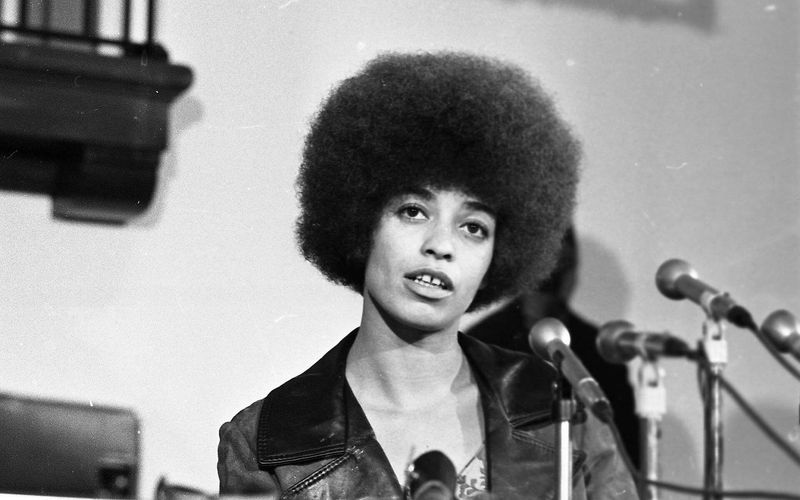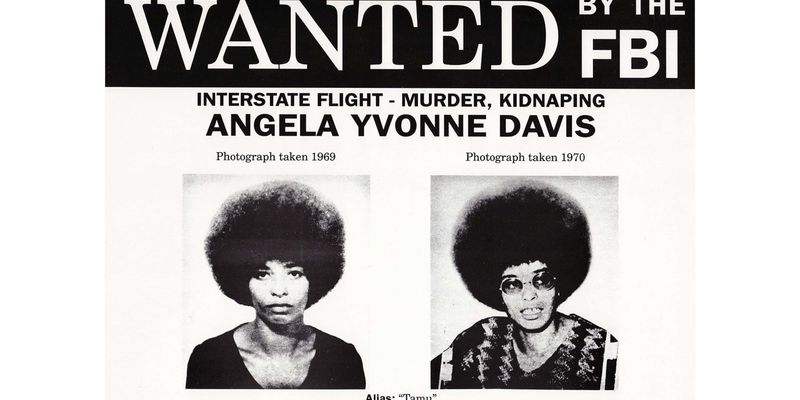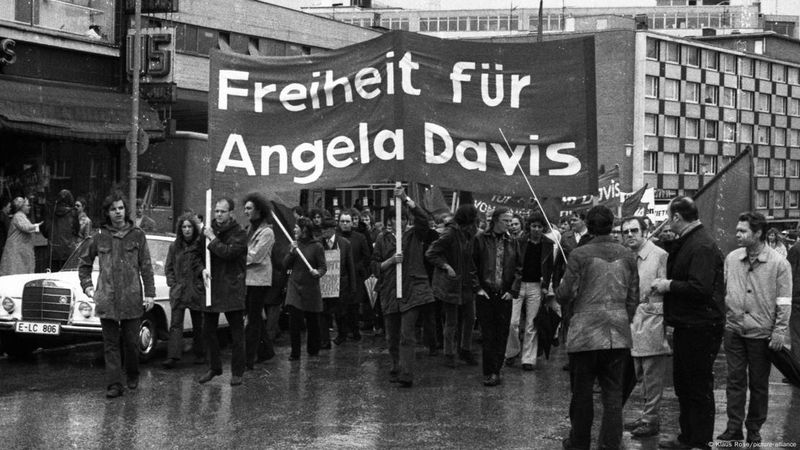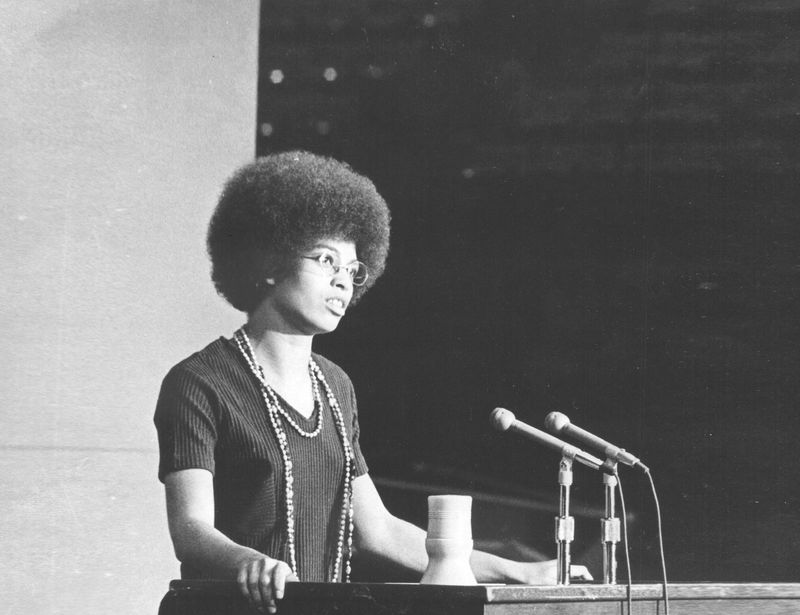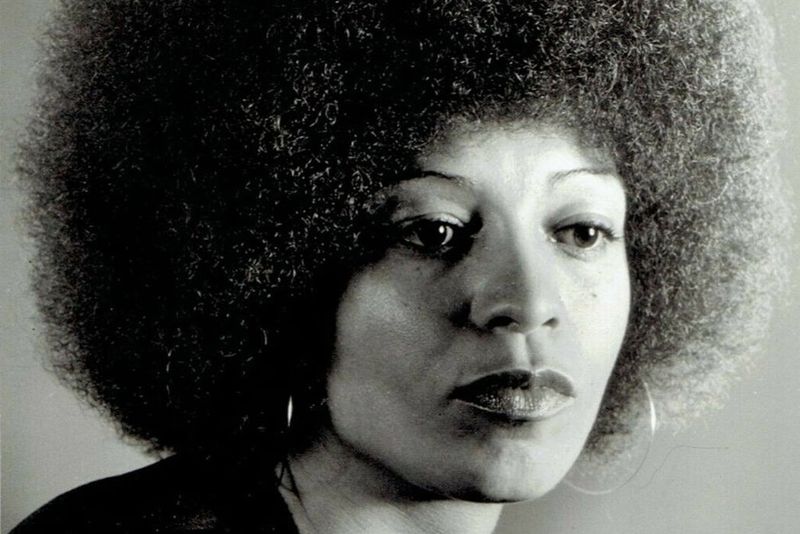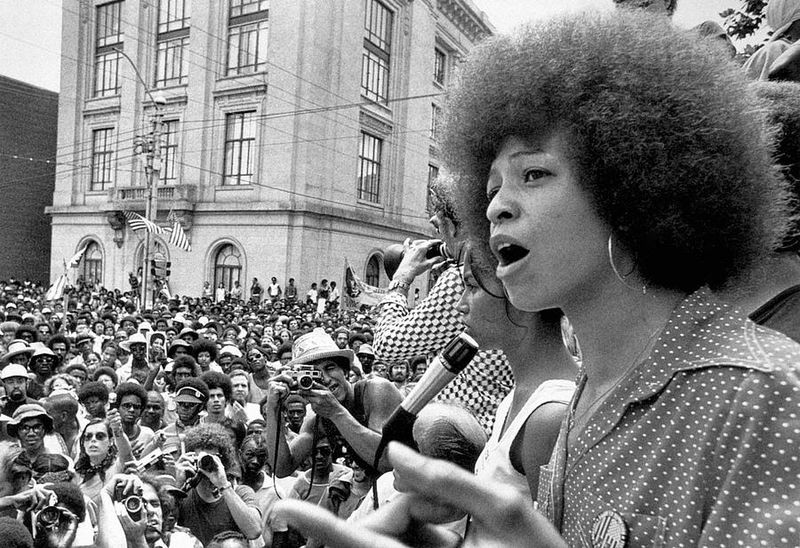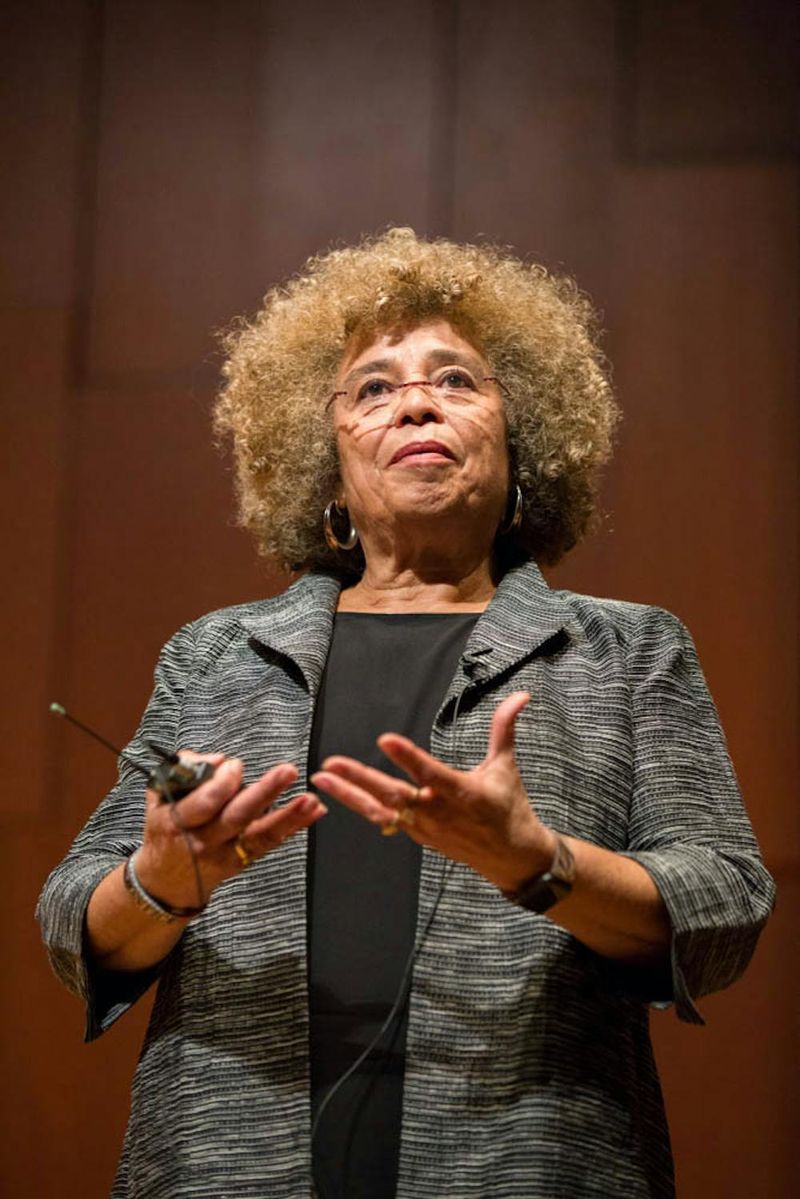Angela Davis made history in 1970 when the FBI placed her on their Most Wanted list. As a Black activist, scholar, and Communist Party member, Davis found herself at the center of a controversial case that captured worldwide attention. Her journey from fugitive to freedom fighter reveals much about America’s political climate during the civil rights era and continues to inspire activists today.
1. Breaking Barriers on the FBI’s List
Angela Davis shattered gender barriers in 1970 by becoming only the third woman ever placed on the FBI’s Ten Most Wanted Fugitives list. The federal government’s pursuit of Davis highlighted how threatening they considered Black radical women.
Her addition to this infamous roster instantly transformed her into a household name across America. Suddenly, her face appeared on wanted posters in post offices nationwide, making her one of the most recognizable political figures of her time.
The FBI’s dramatic manhunt elevated Davis from activist to revolutionary icon in the public consciousness.
2. Courtroom Tragedy Sparks Manhunt
The dramatic courthouse shootout that led to Davis’s wanted status occurred on August 7, 1970. Though not physically present during the incident, prosecutors claimed the firearms used were registered in her name, making her an accessory to murder.
Four people died that day, including Judge Harold Haley, whose head was blown off with a shotgun allegedly purchased by Davis. The bloody escape attempt was led by 17-year-old Jonathan Jackson, who aimed to free his imprisoned brother George Jackson.
This violent episode became a flashpoint in America’s domestic conflicts over race, justice, and revolutionary politics.
3. Life Underground as America’s Most Wanted
After learning of the charges against her, Davis vanished into America’s underground network of safe houses. For two months, she managed to evade the FBI’s massive dragnet while supporters helped conceal her whereabouts.
Moving under cover of darkness between various locations, she disguised her distinctive afro and relied on sympathizers who risked their own freedom to protect her. Her time as a fugitive wasn’t just about survival—she continued organizing and planning her eventual defense.
FBI agents finally captured Davis at a Howard Johnson’s motel in Manhattan on October 13, 1970, ending one of the most publicized manhunts in American history.
4. Global Movement Rallies Behind Bars
“Free Angela” became more than a slogan—it grew into a worldwide movement that transcended borders and political systems. While Davis sat in a cell, her face appeared on protest signs from Paris to Moscow, with supporters demanding justice.
The Soviet Union even printed stamps bearing her image, while John Lennon and Yoko Ono recorded the song “Angela” in her honor. Letters of solidarity flooded in by the thousands, demonstrating how her case had become a symbol for political prisoners everywhere.
This unprecedented international campaign showcased how a single individual’s struggle could unite diverse global communities against perceived injustice.
5. Surprising Verdict from an Unlikely Jury
When twelve white jurors filed into the courtroom on June 4, 1972, few expected what happened next. After deliberating for 13 hours, they delivered their unanimous verdict: not guilty on all charges.
The courtroom erupted in cheers as Davis and her supporters celebrated this unexpected victory. Her brilliant legal team had methodically dismantled the prosecution’s circumstantial case, exposing holes in their narrative.
This stunning acquittal by an all-white jury in racially charged 1970s America challenged assumptions about the justice system’s inevitable bias against Black radicals and offered a rare moment of vindication for the movement.
6. Hoover’s Personal Vendetta
Long before the courthouse incident, FBI Director J. Edgar Hoover had Angela Davis in his sights. His obsession with destroying Black liberation movements and communist organizations made Davis—who embodied both—a prime target for surveillance and harassment.
The FBI’s counterintelligence program (COINTELPRO) compiled extensive files on Davis, tracking her movements, tapping her phones, and infiltrating her circles. Hoover personally reviewed reports about her activities and pushed agents to build cases against her.
Recently declassified FBI documents reveal the extraordinary resources dedicated to monitoring Davis, showing how federal law enforcement weaponized itself against Black political thought.
7. From Professor’s Podium to Prison Cell
Before becoming America’s most wanted, Davis stood at the forefront of academia as a brilliant young philosophy professor at UCLA. Her appointment in 1969 sparked immediate controversy due to her open Communist Party membership.
California Governor Ronald Reagan personally intervened, pressuring the Board of Regents to terminate her position despite her exceptional academic credentials. Students packed her classes, often sitting in aisles and doorways to hear her lectures on existentialism and liberation theory.
The spectacle of an articulate, radical Black woman commanding intellectual authority terrified the establishment enough to strip her of her teaching position—a move that only amplified her voice.
8. Solitary Confinement Shapes Prison Activism
For 16 brutal months, concrete walls and iron bars contained Angela Davis while she awaited trial. Officials placed her in solitary confinement, claiming it was for her protection, though many saw it as additional punishment for her politics.
During this confinement, Davis experienced firsthand the dehumanizing conditions she had previously only theorized about. She wrote powerful letters and essays from her cell that were published and circulated widely, drawing attention to women’s experiences in prison.
This firsthand encounter with incarceration transformed Davis permanently, cementing her lifelong commitment to prison abolition and laying groundwork for her influential later writings on the prison-industrial complex.
9. Revolutionary Hairstyle as Political Statement
Angela Davis’s magnificent afro became much more than a personal style choice—it evolved into a powerful symbol of Black resistance that worried federal authorities. FBI director Hoover even instructed agents to look for “Negro females with large afros” when searching for Davis.
Her natural hairstyle represented rejection of Eurocentric beauty standards and embracement of Black identity during a pivotal cultural moment. The iconic silhouette of her profile with raised afro appeared on buttons, posters, and artwork worldwide.
Fifty years later, her distinctive image remains instantly recognizable, showing how personal appearance can become revolutionary when challenging dominant cultural narratives about race and beauty.
10. From Fugitive to Distinguished Professor
The transformation from America’s most wanted to respected academic powerhouse demonstrates Davis’s extraordinary resilience. After her acquittal, she rebuilt her academic career despite continued FBI harassment and political blacklisting.
She earned her doctorate at Humboldt University in East Berlin and eventually secured a professorship at the University of California, Santa Cruz. There, she pioneered courses examining the intersections of race, gender, and incarceration that influenced generations of students.
Now Professor Emerita, Davis has lectured at prestigious universities worldwide, received numerous honorary degrees, and mentored countless scholars—a remarkable journey for someone once hunted by federal agents.
11. Literary Legacy of Liberation
While facing life imprisonment, Angela Davis began writing what would become groundbreaking texts on freedom and justice. Her time behind bars provided firsthand insights into the carceral system that informed her revolutionary analyses.
Her 2003 book “Are Prisons Obsolete?” remains the definitive text on prison abolition, challenging readers to imagine alternatives to incarceration. Earlier works like “Women, Race & Class” (1981) pioneered intersectional analysis before the term even existed, examining how these factors create unique oppressions.
Davis’s bibliography spans decades and continues growing, with each publication building upon her central thesis that true freedom requires dismantling interconnected systems of oppression.


